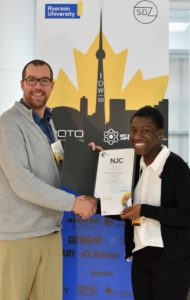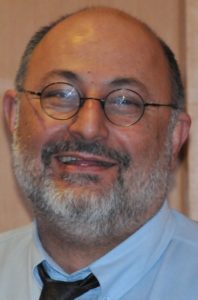We would like to highlight the Outstanding Reviewers for New Journal of Chemistry in 2018, as selected by the editorial team, for their significant contribution to the journal. The reviewers have been chosen based on the number, timeliness and quality of the reports completed over the last 12 months.
We would like to say a big thank you to those individuals listed here as well as to all of the reviewers that have supported the journal. Each Outstanding Reviewer will receive a certificate to give recognition for their significant contribution.
Professor David Dixon, University of Alabama
Dr Sotiris Hadjikakou, University of Ioannina ORCiD: 0000-0001-9556-6266
Professor Axel Klein, University of Cologne ORCiD: 0000-0003-0093-9619
Dr Xin Li, Zhejiang University ORCiD: 0000-0001-5154-2115
Professor Michel Meyer, University of Burgundy ORCiD: 0000-0003-2295-7826
Professor Chhanda Mukhopadhyay, University of Calcutta ORCiD: 0000-0003-2065-3378
Dr Gyorgy Szekely, University of Manchester ORCiD: 0000-0001-9658-2452
Professor Katalin Várnagy, University of Debrecen ORCiD: 0000-0003-0846-4689
Dr Sanny Verma, US Environmental Protection Agency ORCiD: 0000-0003-3176-3900
Dr Shuang Zhou, Shandong Agricultural University ORCiD: 0000-0003-3737-2927
We would also like to thank the New Journal of Chemistry board and the chemistry community for their continued support of the journal, as authors, reviewers and readers.
If you would like to become a reviewer for our journal, just email us with details of your research interests and an up-to-date CV or résumé. You can find more details in our author and reviewer resource centre















